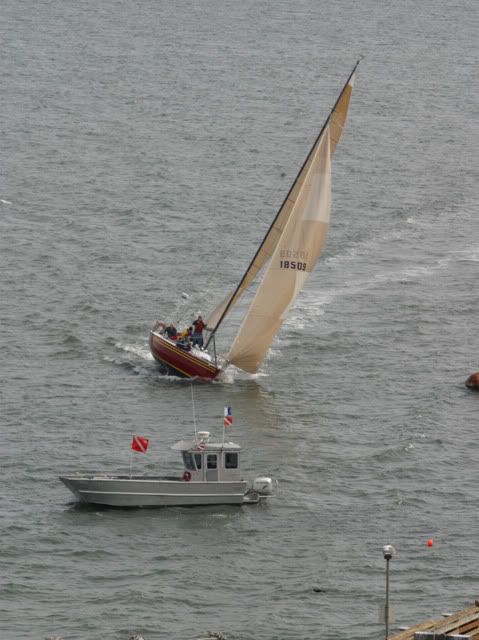- Messages
- 17,327
- Reaction score
- 13,749
- # of dives
- 100 - 199
I don't think that's a particularly good parallel. While I see the utility of a helmet for skiing - and bicycling, BTW - since that's an activity which carries a significant risk of a high-speed meeting between my head and a very hard and unmovable object, I fail to see any utility of a helmet in open water diving. To me, that'd be like wearing a helmet while driving a car, or watching a movie, or working at my desk .Years back it was like that with skiing ... if you weren't racing, why wear a helmet? It suggested a degree of incompetence. Nowadays it's rare to find a skier on the mountain who isn't wearing a helmet.




